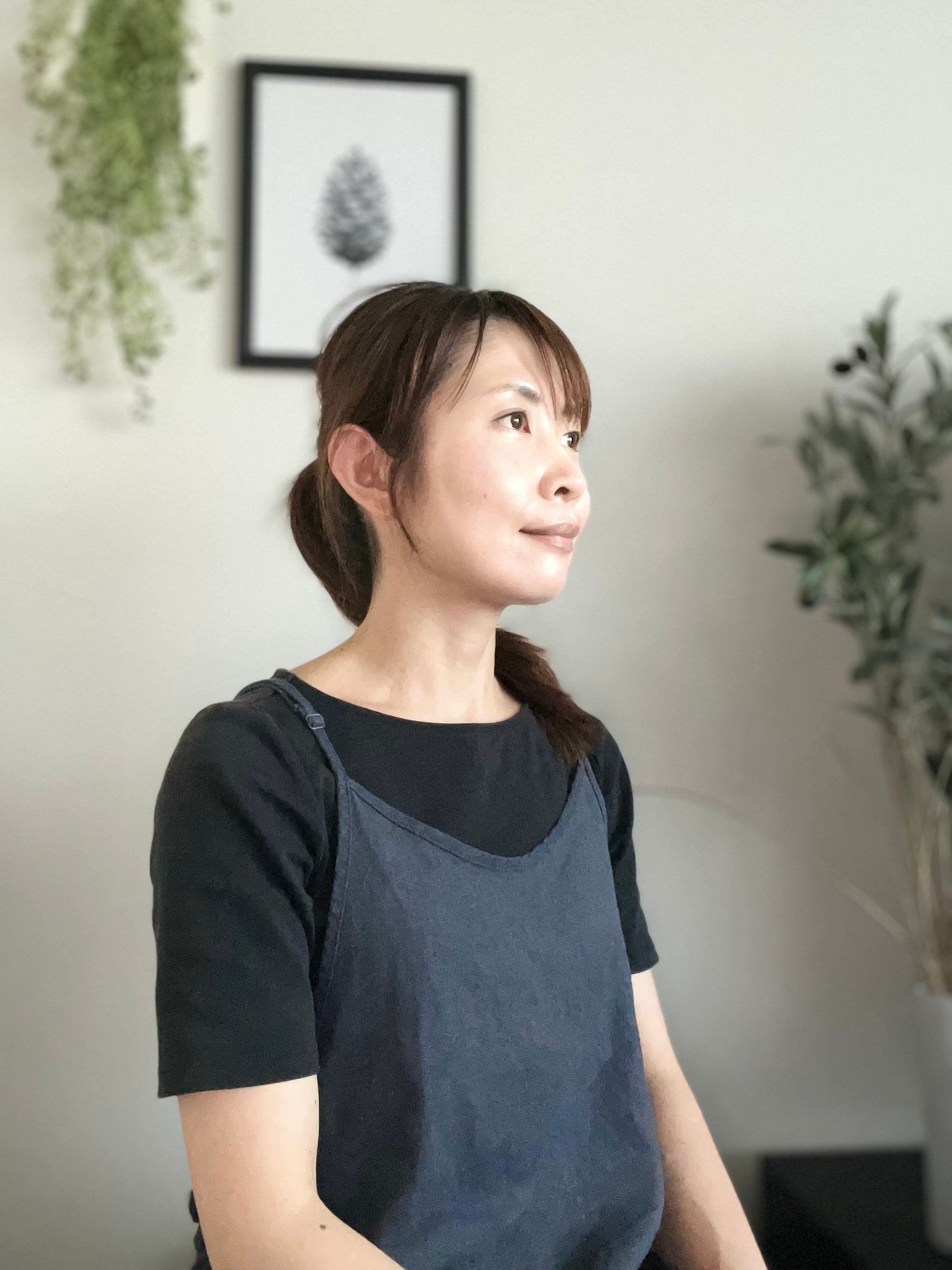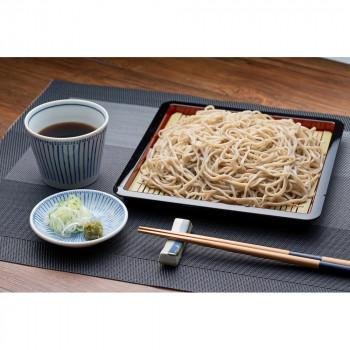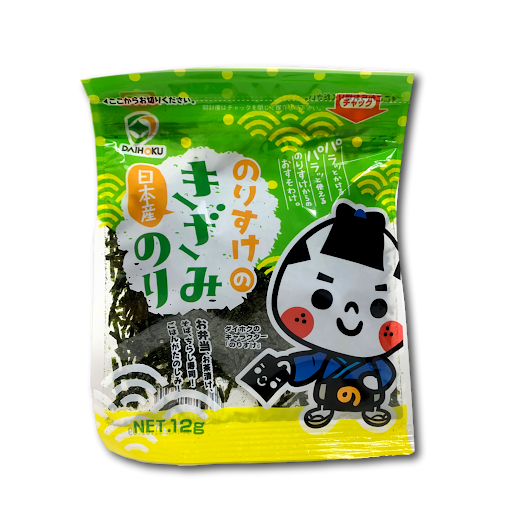
Kaisendon (海鮮丼) is a simple yet elegant Japanese dish where fresh seafood is artfully arranged on a bed of rice in a donburi bowl. The name "kaisendon" translates directly to its components: 海 (Kai = sea), 鮮 (Sen = fresh), 丼 (Don = donburi bowl), which perfectly describes the dish itself.
The highlight of kaisendon is the variety of fresh seafood packed into one bowl, making it visually appealing and delicious. While plain steamed rice is traditionally used, some variations include sumeshi (vinegared rice), allowing for flexibility depending on personal preference.
The flavor of kaisendon often comes from a soy sauce or soy-based dressing, drawing on its roots in nigiri sushi, which is traditionally paired with soy sauce.
Kaisendon is not only a feast for the eyes but also a highly nutritious dish. It is rich in protein and provides a range of vitamins and minerals, depending on the seafood used. Fish such as tuna, salmon, yellowtail, and Pacific saury are excellent sources of omega-3 fatty acids, known to support heart health, reduce inflammation, and offer other health benefits.
Kaisendon embodies Japanese food culture, connecting diners to the blessings of the sea and the changing seasons. Its vibrant presentation reflects the Japanese sense of beauty, combining various colors from the seafood and garnishes in an elegant and harmonious way. It also offers a sense of regional identity by celebrating local ingredients.
The basic components of Kaisendon include:
Optional garnishes can include sliced cucumber, pickled ginger, dried nori seaweed, or avocado. While traditionally enjoyed with soy sauce and wasabi, you can customize it with your own dressing to suit your taste.
Kaisendon is easy to prepare and highly versatile. Check out my recipe to learn the basics and start creating your own version of this nutritious and delicious dish!


















